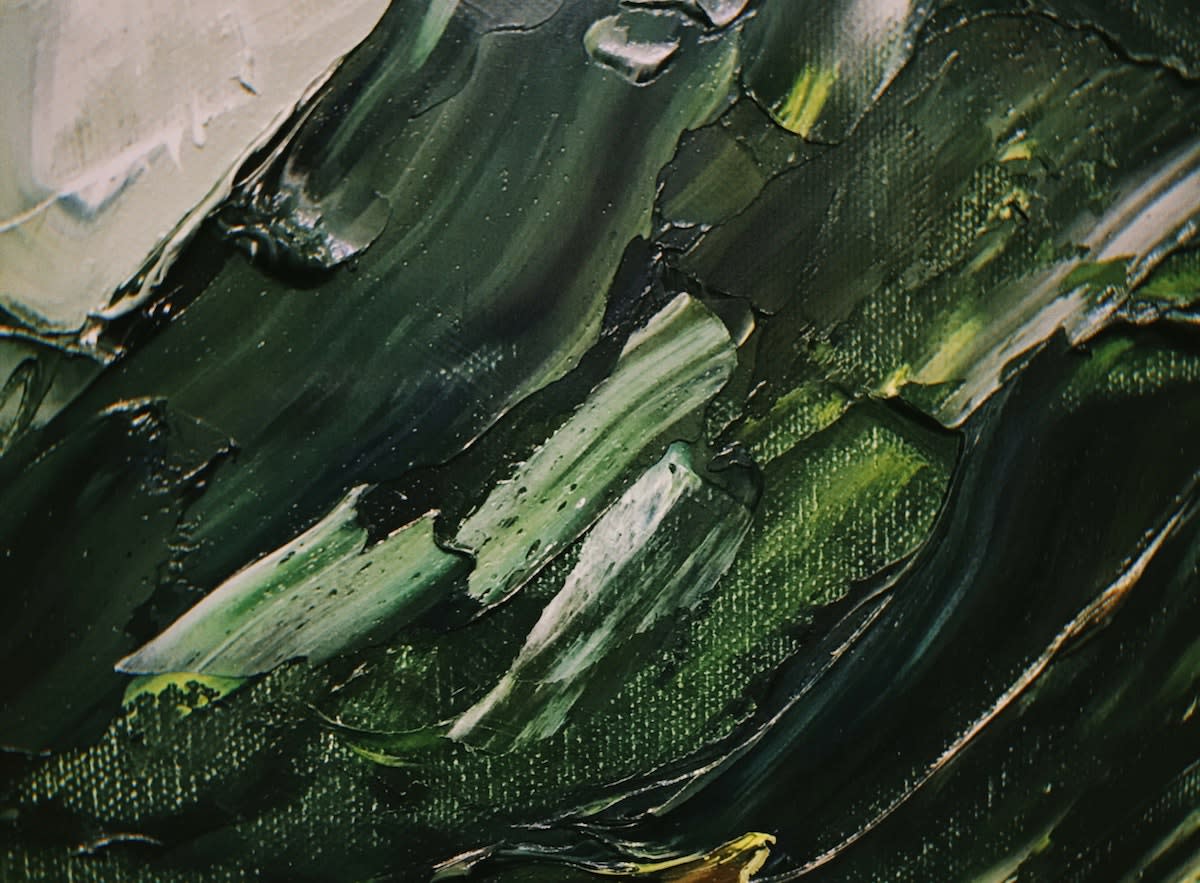Green Color Meaning: Symbolism of the Color Green
Written by MasterClass
Last updated: Aug 3, 2022 • 4 min read
According to color psychology and color theory, the different colors on the color wheel can affect your moods and behavior. Whether looking at the emerald green of a gemstone or the grass green of your front lawn, you’ll find the uplifting power of green all around you.
Learn From the Best
What Does the Color Green Symbolize?
The meaning of the color green depends on the shade and the cultural connotations. Some of the color meanings behind green include:
- Envy: William Shakespeare first wrote the term “green-eyed monster” in Othello to express the dangers of jealousy or envy.
- Illness: Green, especially yellow-green or chartreuse, connotates sickness or nausea when skin looks slightly green. The colloquialism “green around the gills” means you look or feel sick.
- Hope: Green inspires hope and the idea of looking to a new, better circumstance for increased prosperity. The phrases “greener pastures” and “the grass is always greener” express this longing.
- Inexperience: The term “greenhorn” implies someone who lacks experience, usually due to youth and immaturity. The connotation comes from the green of underripe fruit.
- Luck: The association of green with luck comes from Ireland, with the tradition of the lucky shamrock and the celebration of St. Patrick’s Day. Ireland claims green as its national color.
- Money and prosperity: Green, particularly dark green, signifies the color of money, particularly the dollar bill in the United States of America. In 1861, officials inked the back side of the dollar bill green to deter counterfeiters, inadvertently coining the term “greenbacks.”
- Natural world and life: When you think of green, you might think of the color of nature. The green of trees, plants, and grass inspired the names and missions of environmental groups such as Greenpeace and political groups such as the Green Party. The term “going green” means becoming more ecologically friendly. Having a “green thumb” means you have a talent for gardening.
- Peace and harmony: Olive green or pale green signifies the traditional color of peace and stems from the idea of extending an olive branch to offer peaceful relations to others.
- Rebirth and renewal: The association of green with renewal and rebirth stems from the new growth and revitalization of plant life in spring after a long winter.
- Safety and permission: Used worldwide as a traffic symbol, green lights (and the term “to be given the green light”) symbolize that you’re safe to proceed or go. Pedestrian walk signs sometimes use green to light the icon of a person walking.
A Brief History of the Color Green
Artists have used the color green throughout history, employing mineral pigments from many sources as far back as the fifth century AD. Egyptians, Romans, and Celts used malachite and toxic verdigris pigments colored by copper in murals and manuscripts. Artists also used green earth (a natural pigment composed of clay colored by a variety of minerals), chrome green, viridian, and mixtures of cobalt and zinc.
Green clothing during the Middle Ages indicated social rank. The nobility wore red; those of lower-income classes wore brown or gray; and merchants, bankers, and gentry wore green. Synthetic green pigments and dyes became popular in the eighteenth and nineteenth centuries.
In modern times, environmentally minded political parties, organizations, and products have adopted green as the color of their mission. In design, the contemporary CMYK color model designates green as a secondary color, whereas the RGB color model used for TVs and monitors considers it a primary color.
3 Pros of Using the Color Green in Design
As a relaxing color to the human eye, green proves itself an excellent choice for your design projects. Reasons to choose from the many different shades of green in your color palette include:
- 1. Calming effect: Green brings a sense of visual balance and harmony, projecting a soothing feeling of relaxation and safety.
- 2. Decreases negative emotions: Green relaxes the mind and helps ward off negative thoughts and feelings. Many companies successfully use green in their logos when they want to project a calm, trustworthy optimism.
- 3. Improves creative performance: The color green may enhance creative performance. Including green in your color scheme can boost innovation.
3 Cons of Using the Color Green in Design
If you associate certain green shades with adverse outcomes or emotions, be aware of these possible drawbacks to designing with green:
- 1. Artificiality: If you want to express a natural calm in your design, avoid using bright neon greens or other artificial shades as they can have the opposite visual effect and feel institutional.
- 2. Associations with illness: Be careful using shades of green associated with sickness, as the effects may cause disgust or create tension in the viewer’s mind.
- 3. Too much relaxation: Avoid using an abundance of green if you want to convey energy or excitement, as green’s calming effect will work against your goal.
Ready to Tap Into Your Artistic Abilities?
Grab the MasterClass Annual Membership and plumb the depths of your creativity with the help of modern artist Jeff Koons, abstract artist Futura, and stage designer Es Devlin. Our exclusive video lessons will teach you to do things like utilize color and scale, explore the beauty in everyday objects, and so much more.
